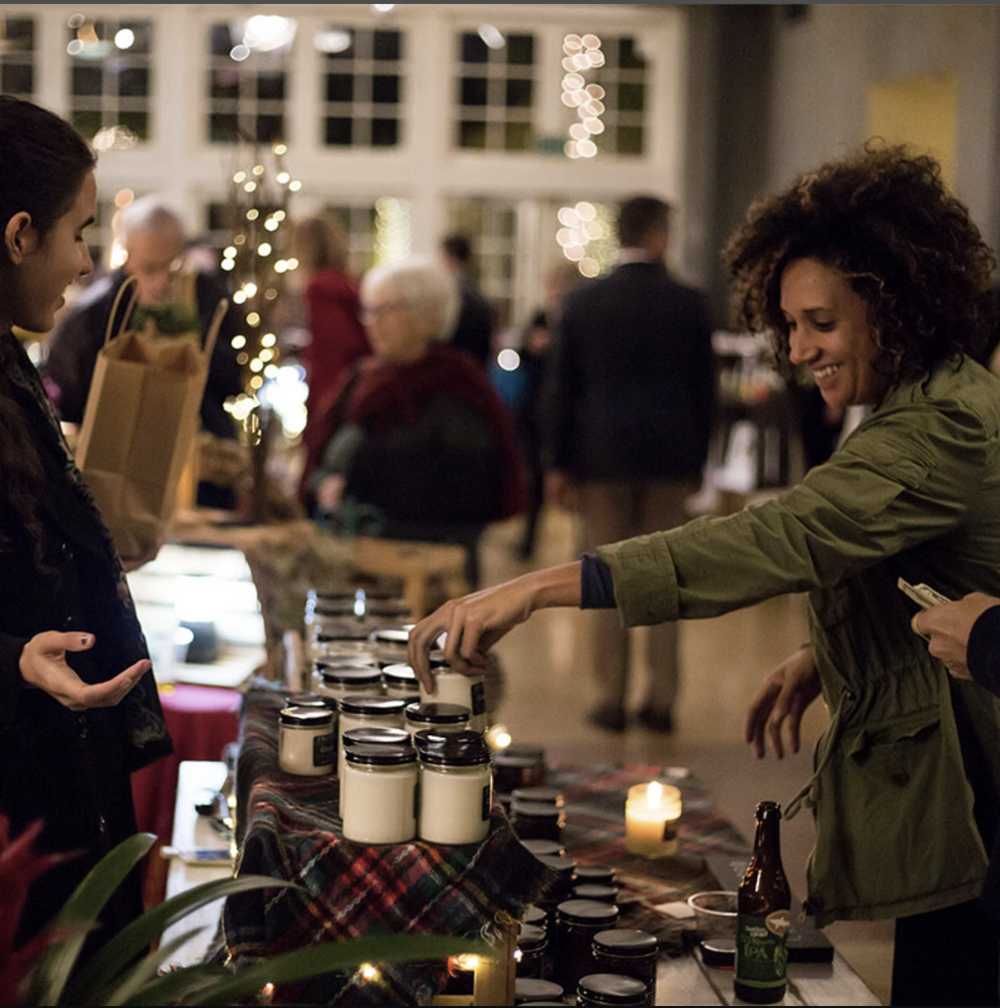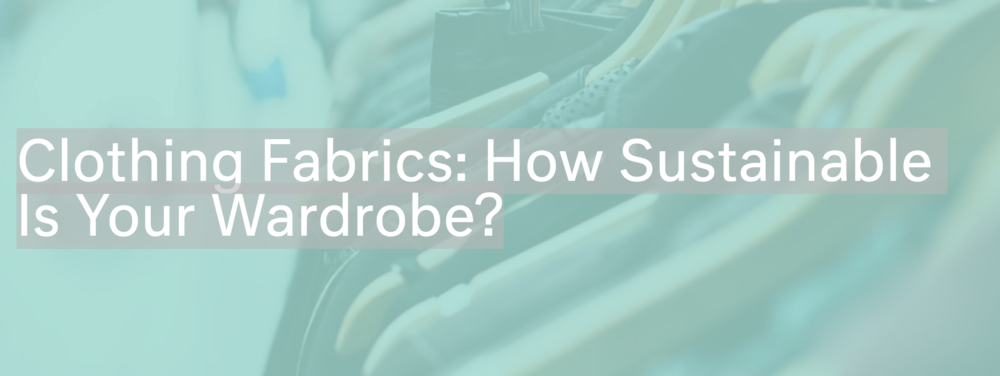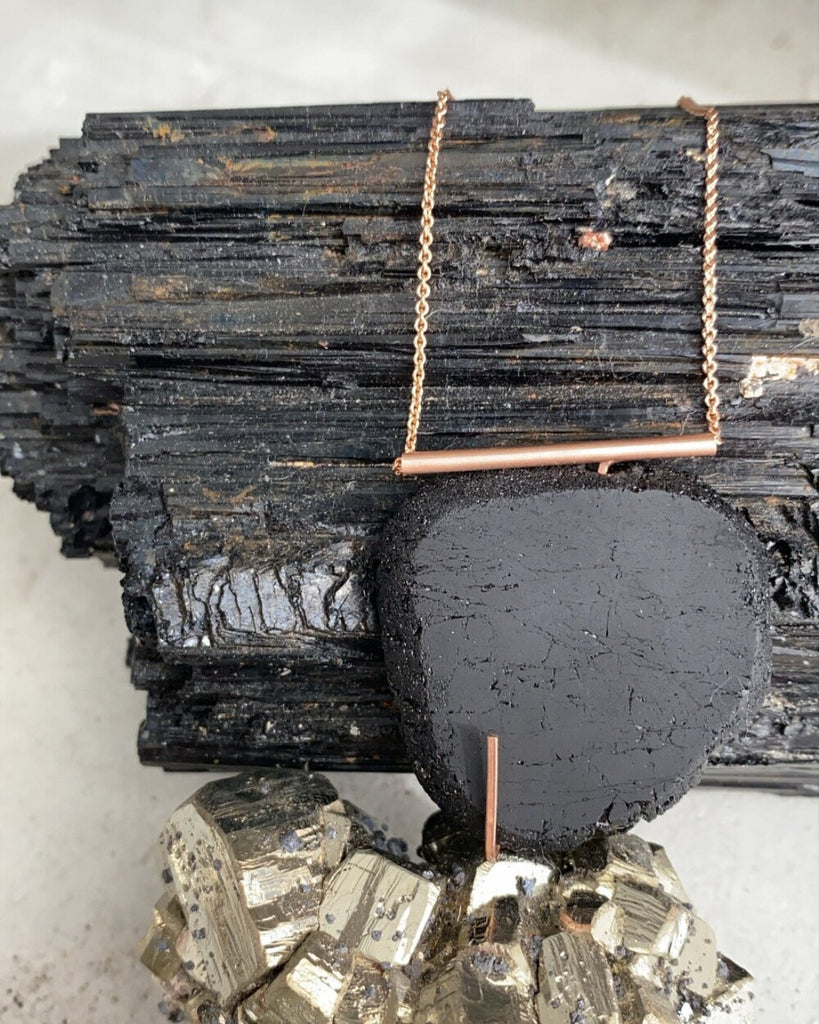Green Paws And Love: A Sustainable Pet Owner’s Guide

Love. A strong motivator since the dawn of time and creating bonds that can last an eternity. Many people convert to a sustainable lifestyle because they love their homes, their planet, and they want to do what they can to protect it. But, what about those of us who choose to share our homes and hearts with our special friends? Our four-legged companions are directly impacted when it comes to our lifestyles. Whether you have a mischievous pup or a cuddly cat you want to take care of them to the best of your ability and ensure they live out their days in luxury. Enji personally knows a great deal about pets and sustainability, as more than half of our employees own one or more pets. And then there’s of course Dio, our shop dog. As dedicated sustainability pioneers, we thought it was about time we share some of our secrets about how we maintain our pet’s green paws as they join our sustainability journey.
Being a sustainable pet owner is not a challenging as one might think. During the research portion of this post, I found many articles that gave great and simple advice for maintaining a sustainable pet inclusive lifestyle.
Adopt:

This small piece of advice seems self-evident. It is always better to adopt your new companion from local shelter or rescue center. Not only are you saving a life, but you are also supporting your regional animal programs, and are making room for other animals in need.
There are many stereotypes against adoption ranging from aggressive dogs to expensive costs. But many of these are just that, stereotypes. Some of the sweetest pets come from shelters or rescue agencies, they are intelligent creatures who simply need a little patience, love, and compassion. Their innocent hearts simply seek to be a companion and to be loved unconditionally. Dio came from a local rescue as well that seeks to find loving homes for retired racing greyhounds.
Many shelters and rescue groups do have some sort of fee associated with their adoptions however, these prices are small compared to breeder prices and pet stores. Adoption fees ensure that these animals go to a good home and don’t end up in similar circumstance from where they were rescued. Plus, most adopted pets come with certified vet inspections, neutering/spaying, vaccinations, and even micro-chipping. These volunteers really want the best for their animals and the small monetary fee helps ensure soon to be pet owners understand their commitment to the process.
Food:

Just like yourself, your pet has to eat too. Consider a sustainable food option for your pet, there are many name brands in the market that are organic and wholesome.
If you have a dog, the process of feeding your pet is easy. You can often cook dinner for the both of you using organic meats and vegetables, saving you a ton of time. Of course, you want to make sure you are not using flavor additives like spices, butters/oils, garlic/onions, and other harmful foods to your dog’s dinner. Although, we might have similar diets as our best friends, they require cleaner versions of our meals. The ASPCA offers a list of the poisonous foods your dog should avoid. See the list HERE.
If you have other pets, consider making your own dried food. This way you know it is as fresh as possible without all the harmful chemicals and preservatives that come with standard pet food. You can also make your own personalized treats, full of your pet’s favorite foods.
Sustainable Pet Products:

The pet industry has increased significantly over the past couple of years, estimating some 68 percent of all households in the United States own pets, up from 56 percent in 1988. With this huge boom in the pet industry, more products have emerged as sustainable, green, and organic. Seek out these products, especially those made from whole ingredients. This will limit the amount of harmful chemicals released into ecosystem and absorbed by your pet’s skin.
You can also consider making your own pet care products. A lot of what is available can be recreated at home and are often more beneficial to your pet’s health. Of course, you should consult with your pet’s veterinarian before you start using Mr. Patches as a “guinea pig” (pun intended).
Reduce, Reuse, and Recycle:

It is easy to implement these three practices into your pet’s daily life. You can reduce the amount of packaging you pet products need by making them yourself. Like we said above, you can try to make your own pet food or treats, this will help cut down on plastic packaging, consumption, and production.
You can also reuse many of your items into eco-friendly animal toys. Pets won’t know the difference between an old t-shirt and a $90 toy. If you have ever owned a cat, you can confirm that they are just as happy playing with the free box than the expensive cat tree it came with. Reuse some of your old towels, blankets, and shirts as a comfortable and familiar bed for your companion.
Recycle your pets waste into compost. Although not suitable for edible plants, you can compost your pet’s waste into flower fertilizer. Your flower beds will look magnificent and your shrubs will bloom with joy. Just remember that you should never use your pets waste for plants intended for eating as you can become seriously ill.
Sources:
https://www.openfarmpet.com/blog/sustainability-6-ways-to-be-an-eco-friendly-pet-owner
https://www.rover.com/blog/dog-lovers-guide-sustainable-living/





